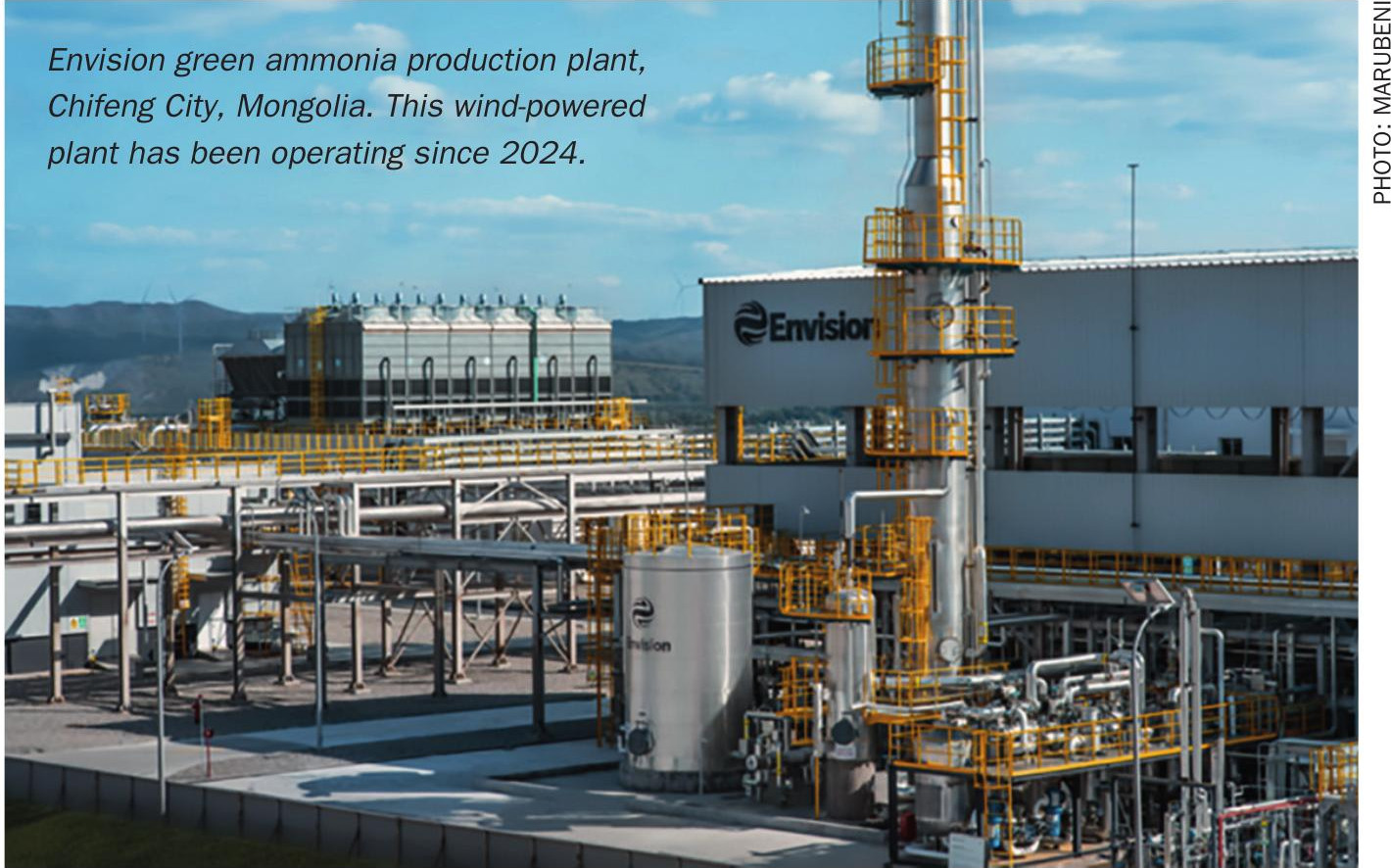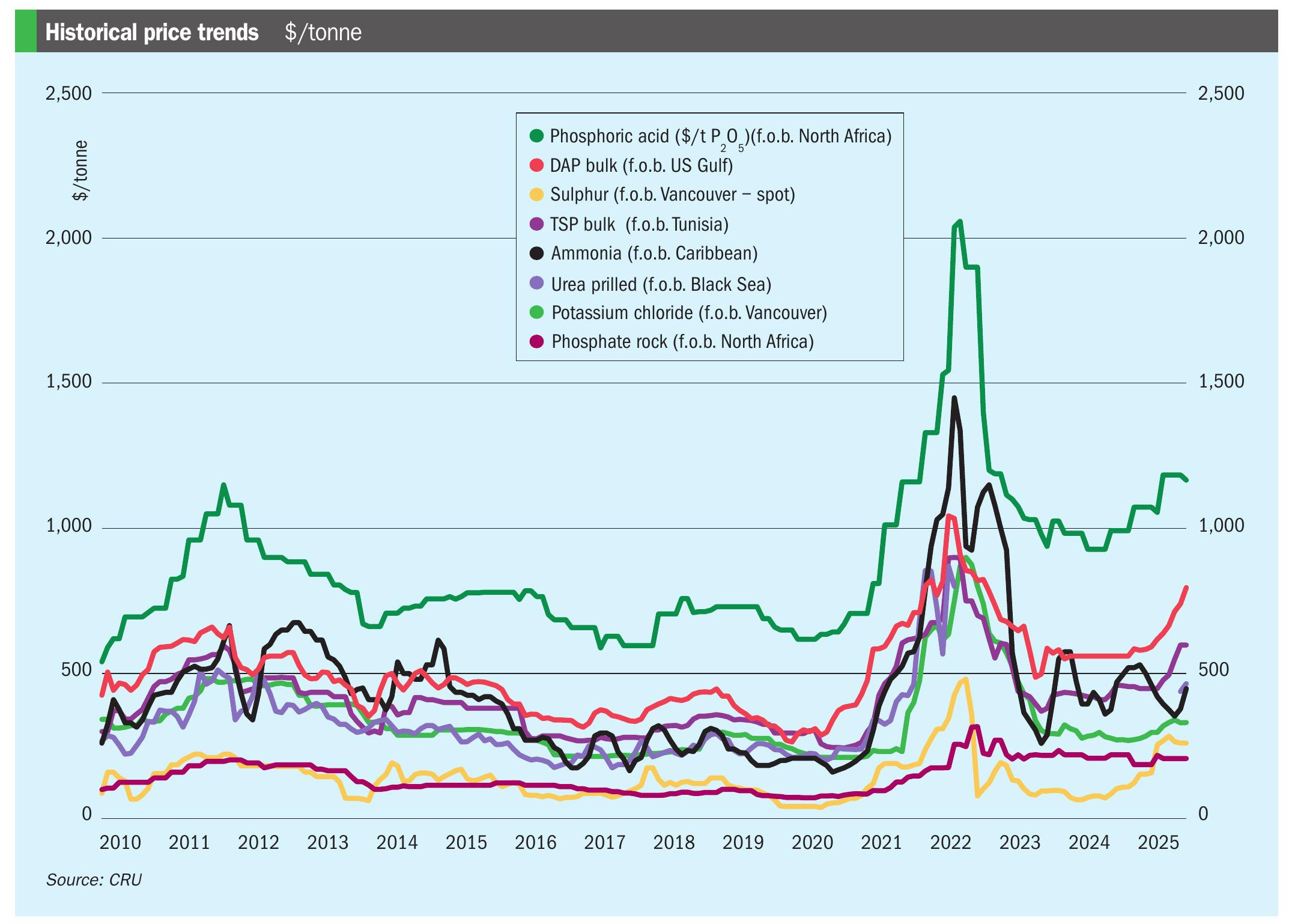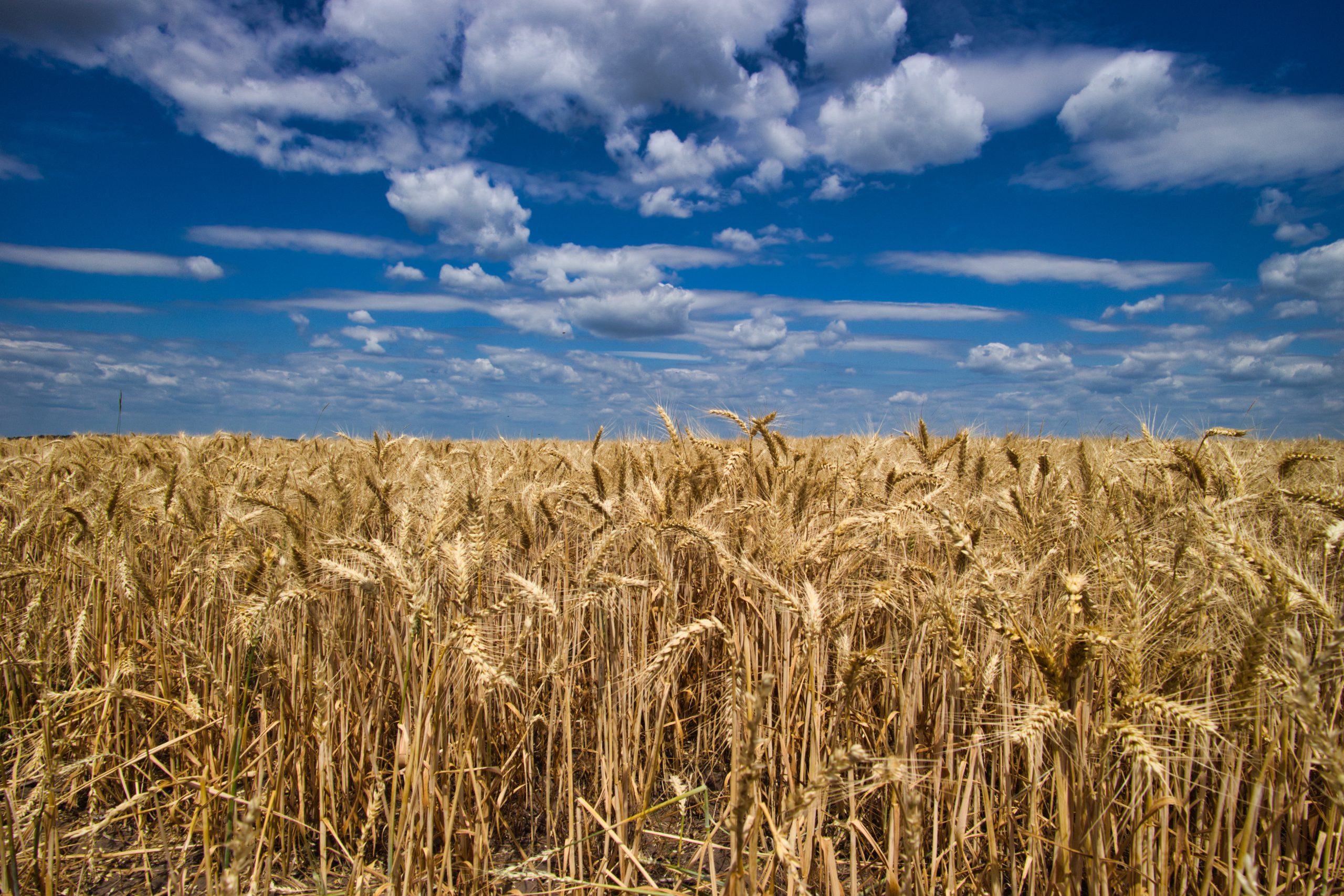Nitrogen+Syngas 392 Nov-Dec 2024

30 November 2024
Price Trends
Price Trends
In October, ammonia benchmarks were more or less stable across the board. West of Suez, supply from Algeria was constrained by an ongoing turnaround at one of domestic player Sorfert’s production units. Still, demand from NW Europe remained quiet, although CF was set to receive a 15,000 tonne spot cargo from Hexagon some time in November, reportedly sourced somewhere in the region of $530/t f.o.b. Turkey. While regional supply appeared tight, steadily improving output from Trinidad and the US Gulf could alleviate recent pressures, with many players of the opinion that Yara and Mosaic could agree a $560/t c.fr rollover for November at Tampa as a result.
East of Suez, Middle East exports remained constricted with maintenance works at Ma’aden’s No.3 unit still ongoing. The producer had anticipated moving 125,000 tonnes in October, with 60% of that total originally lined up for India. Buyers there continued to resist higher c.fr offers, with phosphate fertilizer producers seemingly holding back on raw material purchases until further clarity on latest phosphoric acid supply contracts was given.
Further east, tonnes continued to move out of Indonesia, where Trammo picked up a formula-priced spot cargo from Mitsubishi for loading from Luwuk. Elsewhere, spot appetite in South Korea and Taiwan, China remained absent, with importers negotiating their 2025 supply contracts. In China, domestic prices moved down in line with inland urea benchmarks, with both imports and exports confined to a minimum.
In urea markets, with India expected to float another tender to secure tonnes for December, Middle East values shot up another $20/t. SIUCI sold a November cargo at $390/t f.o.b. with further trader interest reported at $385/t f.o.b. With other markets generally very quiet, this demand was believed to emanate from traders looking to position for the next Indian tender. News of an IPL tender in India came hot on the heels of RCF confirming letters of intent for 560,000 tonnes.
Nigeria saw some further f.o.b. sales with Dangote placing another cargo, but there was no real clarity as to whether the price had traded once again in the low $350s/t f.o.b., or if a cargo had been sold at $355/t f.o.b. Top-off tonnes were reported sold at $405/t f.o.b. by AOA, a high price considering most October cargoes from the Algerian producer were expected to head to Latin America. Sorfert has few tonnes to offer as its production is in mid-turnaround but a price of $410/t f.o.b. was being asked for small volume sales into Europe. Egyptian prices were fairly solid with November priced at $410/t f.o.b., but there was no rush to buy or sell.
In Brazil buyers recognised the tightness in the global supply market, but this is partly as a result of the armada of vessels headed in their direction. Prices were assessed at $380-385/t c.fr, but with limited liquidity. Weather and finance issues, poor crop prices also contributed to the lack of buying interest as well as the healthy import line-up. Urea prices in NOLA slipped all the way back to $325/st f.o.b.

END OF MONTH SPOT PRICES
natural gas

ammonia

urea

diammonium phosphate







